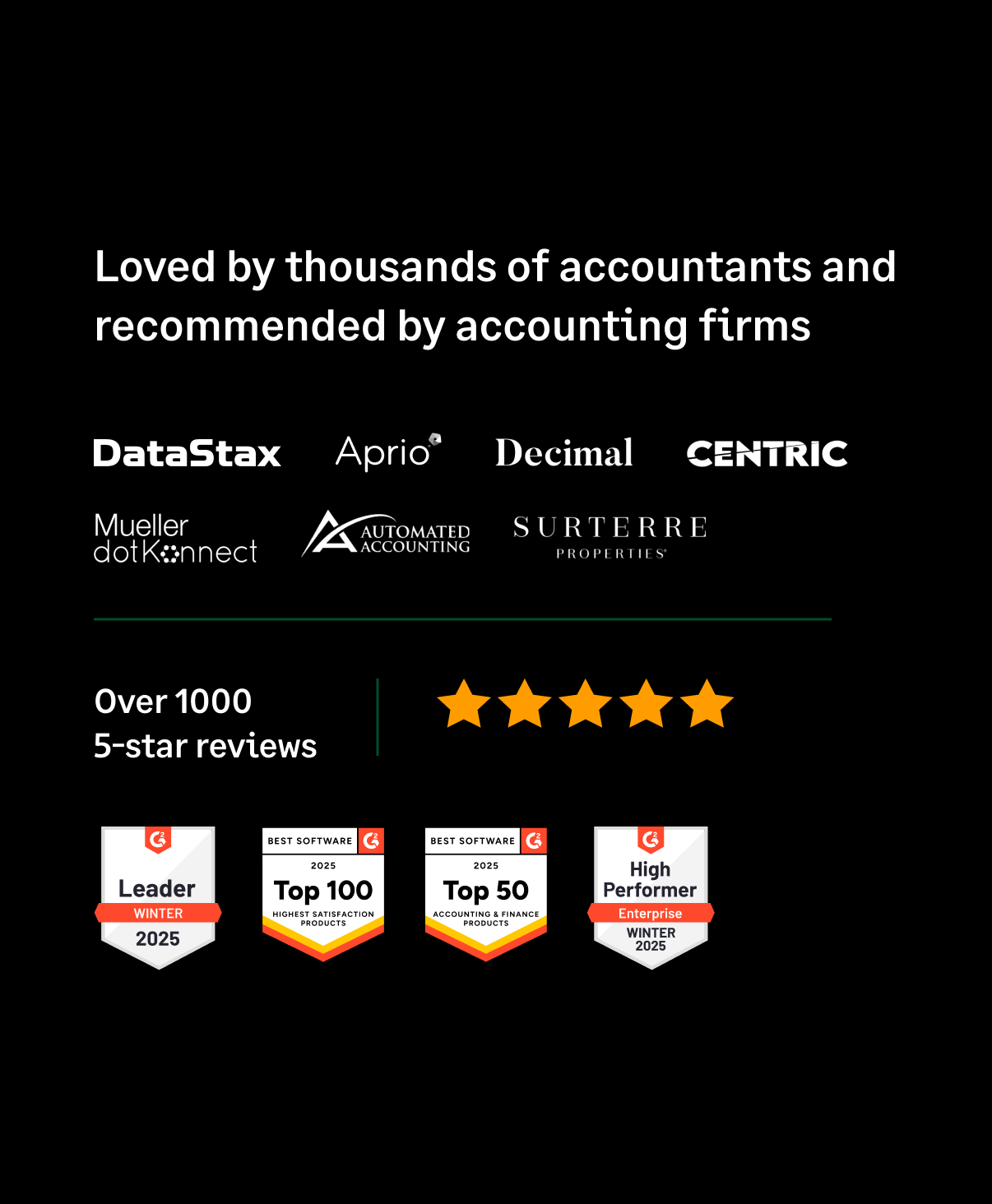When any business is considering a new project or investment, there must be a lot of forethought, analysis, and preparation. This helps them to decide whether the decision to invest is wise. Key stakeholders will look at how much money they expect the investment to bring in and compare it to how much it will cost. They’ll then see if the potential profits are enough to make the project a worthwhile business decision. This whole process of “figuring out” is called capital budgeting.
This isn’t just for large corporations; even small companies, like ones that handle small company payroll services, use capital budgeting. SMEs benefit from this process as much as large enterprises. Essentially, it’s how you make wise money decisions.
What Is Capital Budgeting?

Capital budgeting is the process businesses use to analyze, prioritize, and evaluate large-scale projects that require vast amounts of investment. It is used to choose projects that mainly add value to an organization.
Some examples of projects that require capital budgeting are:
- Purchasing a new facility
- Investment in real estate
- Purchasing more fixed assets like vehicles or other machinery
Capital budgeting is crucial because it forces business leaders to make educated guesses about whether their significant investments will generate sufficient returns.
The process is also known by the term investment appraisal.
Capital Budgeting Explained
Let’s take a look at the term investment appraisal in greater detail. It is a way of measuring potential risks against the expected return on investment. Decision-makers use this to analyze investments of equipment to expansions and takeovers. For smaller companies, decision-makers often take on multiple financial roles. Capital budgeting can help streamline the process.
Many companies have limited resources to hand, so they need to consider any investment or project carefully. Going through a strict procedure means that any project that’s given the go-ahead will have been carefully analyzed for potential pitfalls. It reduces the likelihood of the business losing money.
Many investments are long-term, so committing to a project is a decision that can affect the financial future of the company.
There are three key components to capital budgeting. These are
- Future cash flow analysis.
- Consideration of the time value for money.
- Assessment of risk.
Ultimately, the main goal is to make smart decisions that will help the business grow and remain strong.
Why Do Businesses Need Capital Budgeting?
Here are some reasons why businesses need capital budgeting:
- It increases accountability among employees and improves measurability of success in projects
- It gives you a better understanding of risks and returns in investments
- Better chances of surviving in a competitive market space
- Better resource allocation–workforce, capital, and labor hours
- Creates a strong outline and roadmap for a project
All businesses (apart from non-profits) exist to make profits. Capital budgeting is a valuable method for an organization to determine the long-term returns or profitability of any project.
While it might be easy to mentally forecast what kind of sales you could make next year, this might become more difficult when trying to project how a five or six-year $1bn investment will turn out.
A simplified example of a capital budget is shown below. The initial investment covers the costs of buildings, equipment, and working capital. The project is expected to generate $110,000 in cash revenue annually for ten years. After subtracting variable and fixed cash expenses, the project generates $50,000 in net cash flow (before taxes) each year.

Why Is Capital Budgeting Important?
According to the Project Management Institute, 67% of projects fail outright due to organizations undervaluing the skills required for successful project management. With so much money at stake, there is clear evidence as to why capital budgeting is imperative. Let’s look at this in greater detail.
Resource Allocation
Businesses don’t have unlimited resources. The funds they do have need to be managed wisely. Capital budgeting helps decision-makers decide where the money is best spent. Besides all the day-to-day spending, like staffing, utilities, and premises, they must decide whether and how to reinvest any profits. Capital budgeting is simply part of the broader challenges of bookkeeping for any business.
Minimizing Risk
Capital budgeting is about minimizing risk. All investments and projects require money going out before it comes back in again. As such, they’re a risky business. The capital budgeting process provides opportunities for stakeholders to assess the risks involved in a particular project, thus helping them to decide whether to go ahead.
Goal Alignment
By analyzing potential investment decisions through a strict process, businesses can ensure they make decisions that align with their long-term plans. If their goal is to be number one in their industry, capital budgeting can help them invest in projects with that goal in mind.
Capital Budgeting Objectives
The primary objective of capital budgeting is to maximize shareholder wealth. You want to ensure that you’re choosing projects that are expected to raise good profits. You’re aiming for long-term financial success, and capital budgeting helps you to do that.
What it also does is ensure liquidity. If you spend all of your capital investing in a new project, you’re unlikely to see the end of it. Companies need to maintain liquidity, whether for daily operations or for unexpected expenses. Capital budgeting ensures the business has sufficient cash to keep things running.
Capital Budgeting Techniques
While there are a number of capital budgeting techniques. The most common ones are:
- Discounted cash flow analysis
- Payback analysis
- Throughput analysis
Let’s look at these three in greater detail.
Discounted Cash Flow Analysis
Discounted cash flow analysis (DCF) is a valuation method that’s used to estimate the value of an investment based on its expected return. It tries to figure out how much an investment is worth today based on the projections of returns in the future.
Since a capital budget can span many quarters or even many years, organizations can use DCF to not just asses the timing of cash flow but also the implications of the dollar. This is because, as time passes, currencies can often lose value.
Project managers can use DCF to help them decide which of the several competing projects are worth pursuing at the moment.
Here’s an example of a DCF valuation from 2016 to 2022.

Payback Analysis
Payback analysis is the amount of time it takes to recover the cost of an investment. It’s the simplest form of capital budgeting but also the least accurate. It’s widely used as it can easily provide decision-makers with a quick understanding of the real value of a project or investment.
Payback Period = Initial Investment / Average Yearly Cash Flow from Project or Investment
For instance, if a project costs $600,000 as an initial investment and the project will generate $60,000 in revenue each year, the payback period is ten years.
Here's another more detailed breakdown of how you can calculate the Payback Period:

Payback analysis is often used when organizations have limited access to funds and need to know how quickly they can get their investment back. The project(s) with the shortest payback period are chosen.
Throughput Analysis
Throughout analysis is the most complicated and most accurate method of capital budgeting. It analyzes revenue and expenses across the entire organization, by assuming that all costs are operating expenses.
It involves taking the revenue of an organization and subtracting all variable costs. It shows how much profit is earned from each sale, which can be attributed to fixed costs. Once the company has paid for all fixed costs, the remaining throughput is kept as equity.
Here’s a standard report for Throughput Analysis from the Federal Aviation Administration for the year 2013.

Capital Budgeting Metrics
There are lots of different ways of going through the capital budgeting process, and it will be unique to each individual business. Here are some typical methods involved in capital budgeting that help stakeholders make decisions:
Payback Period
The payback period is quite simple to understand. This is the time it will take for the investment to start paying off. Consider it like a clock or a calendar that stops when the amount coming in from the investment equals the spending of the initial outgoing. From this moment on, any money made is pure profit.
In the following example, the Payback Period would be three years and four months.

Net Present Value (NPV)
When a company is considering an investment or project, it might use NPV to evaluate its future earnings today. The NPV considers inflation and interest rates to give you a more accurate idea of how valuable your investment might be.
NPV factors in inflation by considering how much your future earnings will be worth as things stand today. The future earnings will be adjusted to account for inflation so that you’re not getting a false idea of how profitable a project might be.
NPV also considers interest rates by considering your future earnings compared to if you invested elsewhere.
NPV = Cash flow / (1+i)t - initial investment
where:
i = Required return or discount rate
t = Number of time periods

Internal Rate of Return (IRR)
IRR helps businesses understand just how profitable their investment could be. This enables you to find the rate at which the investment breaks even—the “golden rate.” The higher the IRR, the more lucrative the investment.
Though you can work this out yourself with a long equation and consider all cash flows associated with the investment, financial calculators and software make this a lot easier.
The IRR is expressed as a percentage. Whether or not your IRR is good depends on your individual circumstances. Generally speaking, it will be good if it exceeds the “hurdle rate,” in other words, the cost of capital.
Here’s a general rule of thumb for IRR:
- IRR > Cost of Capital = Accept Project
- IRR < Cost of Capital = Reject Project
For the following example, the IRR is 15%.

Profitability Index (PI)
A measure of how profitable an investment is when you compare the cash inflows (the present value of future earnings) with the initial cash outflow for the investment.
You can work this out using the following formula:
Profitability Index = Present Value of Cash Inflows Initial Investment

Since the Profitability Index is greater than one, the investment is likely to be profitable. The higher this figure, the more attractive the investment will be.
Accounting Rate of Return (ARR)
The ARR analyses accounting data to evaluate the ROI. It takes into account revenue and expenses as well as depreciation.
You can work this out using the following formula:
Accounting Rate of Return = Average Annual Accounting Profit Initial Investment

This is a simple way of assessing the profitability of an investment based on financial data. The higher the result, the more likely a project will be profitable. However, the time value of money is not considered here.
Also Read:
Modified Internal Rate of Return (MIRR)
As its name suggests, this is a modified version of the traditional method of IRR. Instead of looking at the internal rate of the project, it assumes reinvestment at a rate that is more realistic. Unlike the IRR, it’s not easy to work out manually. It does, however, paint a more accurate picture of the potential profit. This is because it considers that project earnings can be reinvested at a different rate.
Equivalent Annual Annuity (EAA)

EAA allows business owners to compare different projects. It converts all cash flows into equal annual payments, making it easier to see which are the most profitable. The higher the EAA, the more financially attractive a project is. This involves converting the NPV into an equivalent annual payment over the project's life.
Also Read:
Capital Budgeting Steps

There are several steps in the capital budgeting process:
- Identification of potential projects. This is the initial stage where businesses brainstorm and research investments.
- Estimation of cash flows. After identifying potential projects, a business needs to predict how much money will go and come in for each one.
- Evaluation using capital budgeting methods. With the figures to hand, it’s time to determine whether a project is worth investing in. This is when tools like NPV and IRR are used.
- Selecting the best project. After evaluating the potential investments, the business can now decide which option will make the most financial sense for the company.
- Implementation. This is the project launch.
- Review and Monitor. This is an important part that many businesses neglect to implement fully. Reviewing investments is crucial as it means you can adjust things if something isn’t going as predicted.
Factors Affecting Capital Budgeting Decisions
The most important factor affecting decisions on capital budgeting is the level of risk. Besides, the financial resources available might determine which investments businesses can pursue.
The availability of funds obviously affects project choices, and smaller companies tend to have more capital constraints. For instance, finding suitable payroll services can be challenging if you have one employee. This can take up a lot of resources.
The ever-changing business environment can also affect capital budgeting decisions. Before taking on huge investments, business owners need to consider potential upcoming changes to labor regulations and the financial implications these might have. For instance, if there were changes to overtime payments for non-exempt vs exempt employees, there would be an impact on profits.
Capital Budgeting Tools
Businesses use various tools and software to assist their capital budgeting and financial planning. Many use existing accounting software to help track and manage projects and investments, while others stick to more conventional methods of spreadsheets.
Specific project management software helps a great deal in capital budgeting and is great for reviews and the monitoring of progress. There are also investment analysis tools that can be explicitly used to gain insight into potential returns. Many teams are already harnessing the power of AI for project cost management, too.
For enhanced budgeting precision, some companies have turned to business budgeting software, which can not only streamline financial planning but can also offer advanced features for forecasting and scenario analysis. This software can significantly improve decision-making by providing a comprehensive view of financial data.
Some of the most important tools, however, are those to do with communication. Critical business decisions about projects and investments should be approached collaboratively. With so many businesses adopting a hybrid working model, it can take more work to communicate effectively. Investing in collaboration tools can make investment decision-making much easier.
FAQs around Capital Budgeting
What Is The Primary Purpose Of Capital Budgeting?
Capital budgeting is used by businesses to analyze, prioritize, and evaluate investment in capital-intensive projects. It enables businesses to identify projects whose cash flow exceeds the cost of capital.
What Is An Example Of A Capital Budgeting Decision?
A manufacturing company is contemplating buying a new machine that would automate one portion of its production process. This machine would cost $1 million to purchase and install, but it is expected to save the company $200,000 per year in labor costs. The machine has a useful life of 5 years.
So, the company must decide whether or not to invest in the machine by comparing the initial investment to the expected future cash flows. If the expected cash flow is greater than the initial investment, then logically, the company should invest in the machine.
What Is The Difference Between Capital Budgeting And Working Capital Management?
Working capital management is used to evaluate all the current projects of an organization to determine whether they add value or not, while capital budgeting enables businesses to expand their current operations or projects.
Operating Budget vs Capital Budget
Capital budgets are made for long-term purposes and often span multiple years. Operational budgets are set for short-term purposes and are made for a period of one year, defined by the organization’s revenue and expenses.
What Is A Capital Budget?
A capital budget is a financial plan that outlines long-term investments in assets expected to generate future cash flows. It considers the cost of the investment, the expected cash flows, and the return on investment.
What Is The Capital Budgeting Process?
The capital budgeting process involves the following five steps:
- Identification of Potential Projects
- Estimation of Cash Flows
- Evaluation Using Capital Budgeting Methods
- Selecting the Best Project
- Implementation
- Reviewing and Monitoring Project Performance
Also Read:
Final Thoughts on Capital Budgeting
No matter the size of your business, capital budgeting matters. Making critical financial decisions requires careful planning. Through capital budgeting, companies can determine whether their potential investments will likely be profitable and worthwhile.
Even the most experienced stakeholders can make bad decisions when there is no structured approach in place. This systematic way of assessing risk and potential profit helps all businesses make better financial decisions and ensure they are aligned with their business goals.




















